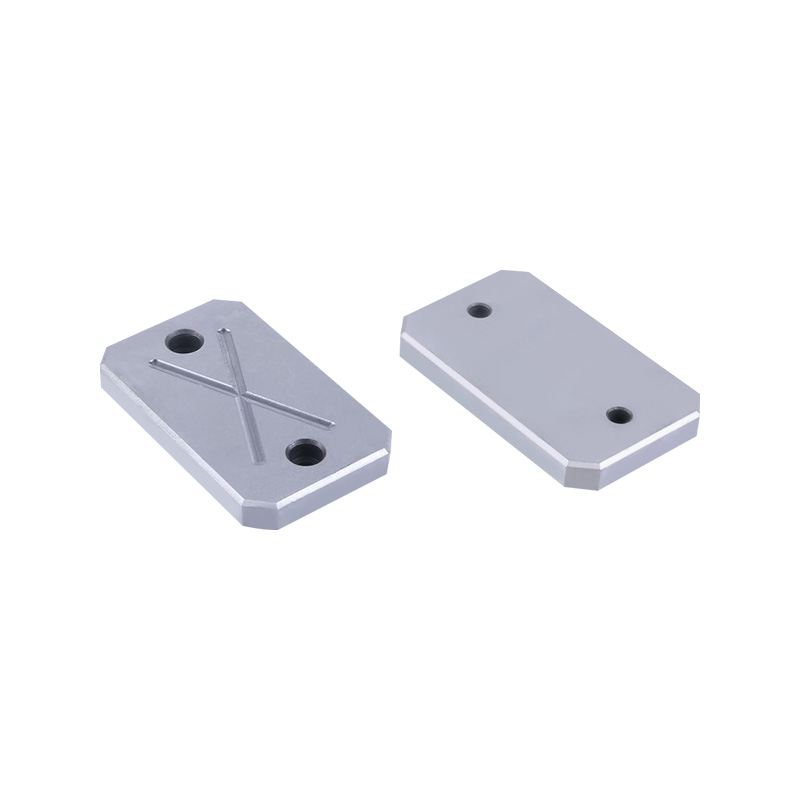Email: [email protected]
How Mold Wear Blocks Help Combat Premature Tooling Failure in Injection Molding?
In the injection molding industry, tooling performance is a critical factor in maintaining production quality and operational efficiency. One of the persistent challenges faced by mold manufacturers and plastic processors is premature mold wear, particularly in high-pressure or high-frequency production environments. As molds are subjected to repetitive mechanical and thermal stress, key contact points experience degradation, to increased downtime, reduced part quality, and higher maintenance costs. To address these issues, the use of Mold Wear Block components has emerged as a proven solution.
A Mold Wear Block is a strategically placed insert made from wear-resistant materials that absorbs stress and contact friction within a mold cavity. Rather than replacing the entire mold or a large section of it when wear occurs, manufacturers can simply replace the Mold Wear Block, significantly reducing costs and time. The modular approach has become increasingly common in high-output molding applications where efficiency and durability are paramount.
Why Mold Wear Happens
Mold wear is common at high-friction zones such as sliders, lifters, core pins, and gate areas. In conventional mold designs, these parts are integrated into the base tool, meaning any localized damage may require machining or complete replacement of a mold plate. Without a Mold Wear Block, maintenance becomes time-consuming and capital-intensive.
As production cycles increase in speed and temperature, especially in automotive and consumer goods molding, materials such as glass-filled resins accelerate surface abrasion. This makes the inclusion of a Mold Wear Block not only a preventive measure but also a necessary design element in modern mold construction.
The Cost of Conventional Repairs
Replacing an entire mold insert or base section can result in production stoppages lasting several days or even weeks. In contrast, changing a Mold Wear Block can often be completed within hours. Furthermore, because the Mold Wear Block is a standardized or semi-custom component, manufacturers can keep replacement units in inventory, further minimizing downtime.

Case Study: Optimizing Mold Life at SinoForm Plastics
A compelling example of the impact of Mold Wear Block usage comes from SinoForm Plastics, a mid-sized injection molding company specializing in automotive interior components. The company had been experiencing frequent tooling failures on a multi-cavity mold used for producing center console panels. The tooling, subject to high clamping forces and abrasive material flow, required major repairs every four months on average.
After consulting with their mold supplier, SinoForm decided to retrofit the tool with six Mold Wear Block components positioned in high-wear areas. These blocks were machined from hardened tool steel with a surface coating designed to resist abrasion and thermal cycling. Over the next 12 months, the same mold showed no signs of cavity wear, and maintenance was limited to replacing only two Mold Wear Block units at a scheduled interval.
According to the company's maintenance , switching to a Mold Wear Block solution extended the mold life by over 30% and reduced maintenance downtime by 45%. Before implementing Mold Wear Blocks, we were constantly dealing with partial mold failures. Now, we simply monitor the wear blocks and replace them as needed—it's made a huge difference in our uptime," he noted.
Long-Term Advantages of Mold Wear Block Integration
The strategic use of Mold Wear Block assemblies allows for precision wear control without compromising the integrity of the surrounding mold structure. This is particularly beneficial in high-cavity molds, where even a single-point failure can halt production across the entire tool. Additionally, because Mold Wear Block materials can be customized—ranging from high-speed steel to carbide alloys—manufacturers can tailor performance to the specific resin or production condition.
From a design perspective, using Mold Wear Block parts also supports lean maintenance practices. Engineers can design tools that anticipate future wear, placing Mold Wear Block components in locations likely to experience stress. This forward-thinking approach improves both operational predictability and long-term tool performance.
As the injection molding industry continues to prioritize uptime, quality, and cost control, Mold Wear Block systems are becoming standard practice in tool design and maintenance. By isolating high-wear areas and enabling fast, localized repairs, Mold Wear Block technology helps manufacturers reduce unplanned downtime, extend tool life, and improve production reliability. Whether for a high-volume consumer product line or a complex automotive mold, the Mold Wear Block provides a practical, cost-effective strategy for modern mold management.
Get in touch
Related recommendations
